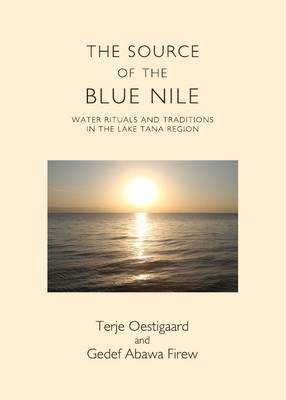Ethiopia has a rich and fascinating cultural heritage structured around water. The River Nile has been seen by many as the most important river in the world, and the secrets of the sources of the Nile and their mysteries have, from the dawn of civilization, attracted philosophers, emperors and explorers searching for answers. The source of the Blue Nile, Gish Abay, is believed to be the outlet of the biblical river Gihon, flowing directly from Paradise, linking this world with Heaven. The holiness of Abay (the Blue Nile) and its source in particular still has an important role in the Ethiopian Orthodox Church. In the Lake Tana region, there are also numerous other myths, traditions and rituals concerning the river. Several of the island monasteries are incredibly holy, and indigenous practices and sacrifices to the river are still conducted. The most important celebration in the Ethiopian Orthodox Church is the Timkat festival, which is an annual commemoration of the importance of baptism.Despite the importance of the River Nile from antiquity to present-day practices and beliefs in Ethiopian Orthodox Christianity, very little research has been conducted on the cultural and religious aspects of the Blue Nile in general and its source, Gish Abay, and Lake Tana in Ethiopia in particular. This book combines historic sources and new empirical ethnography, presenting parts of this cultural heritage and the traditions of water along the Blue Nile.
- ISBN13 9781443846011
- Publish Date 20 May 2013
- Publish Status Active
- Publish Country GB
- Imprint Cambridge Scholars Publishing
- Edition Unabridged edition
- Format Hardcover
- Pages 170
- Language English
